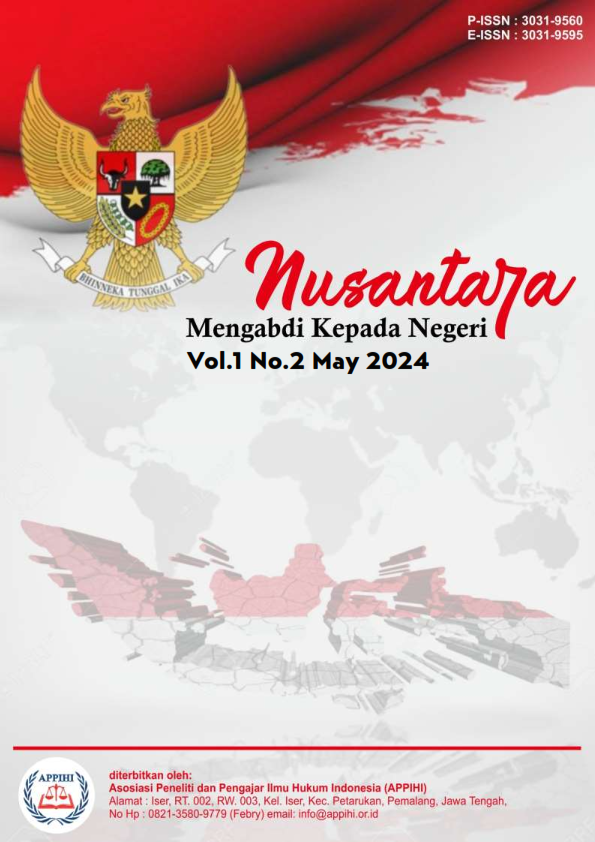Edukasi Bahaya Rokok Pada Anak Usia Dini di SD Lempeh Sumbawa Besar
DOI:
https://doi.org/10.62383/numeken.v1i2.243Keywords:
Education, Dangers of smoking, early childhoodAbstract
Smokers in Indonesia are ranked third in the world. More than 60 million Indonesians smoke. Cigarette consumption in 2008 reached 240 billion cigarettes or 658 million cigarettes per heart. This means money worth around Rp. 330 billion are "burned" by smokers in a day (TCSC-IAKMI, 2012). In Indonesia, 36.2% of boys and 4.3% of girls (i.e. 20.3% of all students) are users of smoked and/or smokeless tobacco. The initial age of smoking initiation for 43.2% was 12-13 years. Of smokers, 81.8% stated that they had tried to quit smoking in the last 12 months. Of the 88.2% of smokers who want to quit, only 24% have received help from a smoking cessation program or professional (WHO-SEARO, 2014). This community service activity was carried out on Saturday, April 18 2024 from 08.30 to 11.00 WITA. The service process is carried out using a collective counseling mechanism using education and socialization methods with lectures and joint discussions. This service also involved 10 fourth semester students. The conclusion of this community service is that by providing education to children about the harmful effects of tobacco, it can increase caregivers' knowledge and it is hoped that caregivers can prevent children from being exposed to cigarette smoke. Other service providers are advised to develop training topics and training models to increase public awareness, especially about smoking prevention.
Downloads
References
Altet, N., Latorre, I., Jiménez-Fuentes, M. Á., Maldonado, J., Molina, I., González-Díaz, Y., Milà, C., García-García, E., Muriel, B., & Villar-Hernández, R. (2017). Assessment of the influence of direct tobacco smoke on infection and active TB management. PloS One, 12(8), e0182998.
Hammado, N. (2014). Pengaruh rokok terhadap kesehatan dan pembentukan karakter manusia. Prosiding, 1(1), 77–84.
Hasanah, H. (2014). Baby Smoker: Perilaku konsumsi rokok pada anak dan strategi dakwahnya. Sawwa: Jurnal Studi Gender, 9(2), 253–274
Iloh, G. U. P., & Collins, P. I. (2017). Awareness of health effects of exposure to secondhand smoke from cigarettes: A cross-sectional study of never-smoked adult primary care patients in Eastern Nigeria. Avicenna Journal of Medicine, 7(4), 164.
Kementerian Kesehatan Republik Indonesia. (2018). Infodatin: Situasi Umum Konsumsi Tembakau di Indonesia. Jakarta: Pusat Data Dan Informasi Kementerian Kesehatan RI.
Nadia, L. (2015). Pengaruh Negatif Merokok Terhadap Kesehatan dan Kesadaran Masyarakat Urban. Tangerang Selatan: Universitas Terbuka. Diakses Dari Http://Repository. Ut. Ac. Id/Id/Eprint/7088.
Downloads
Published
How to Cite
Issue
Section
License
Copyright (c) 2024 Nusantara Mengabdi Kepada Negeri

This work is licensed under a Creative Commons Attribution-ShareAlike 4.0 International License.





